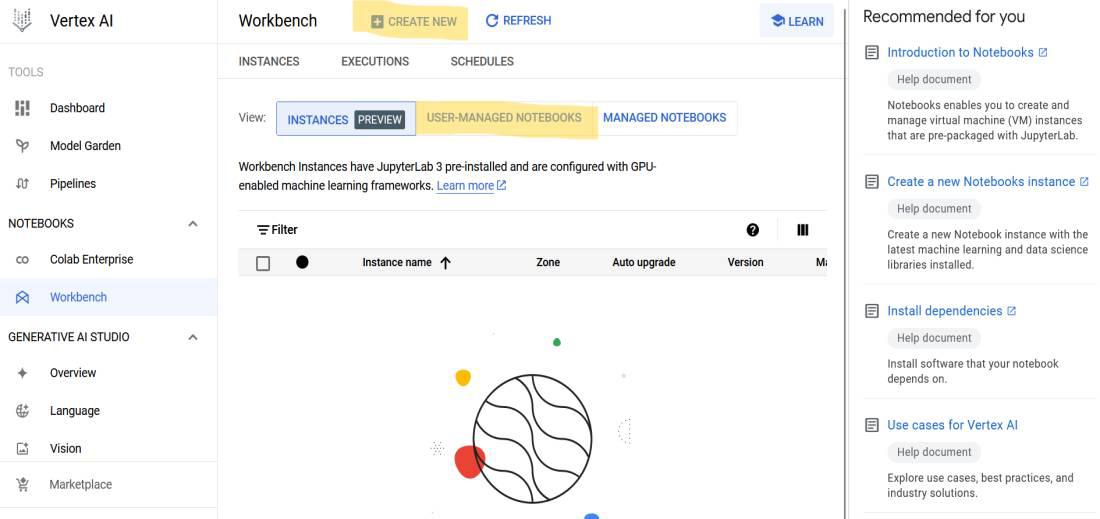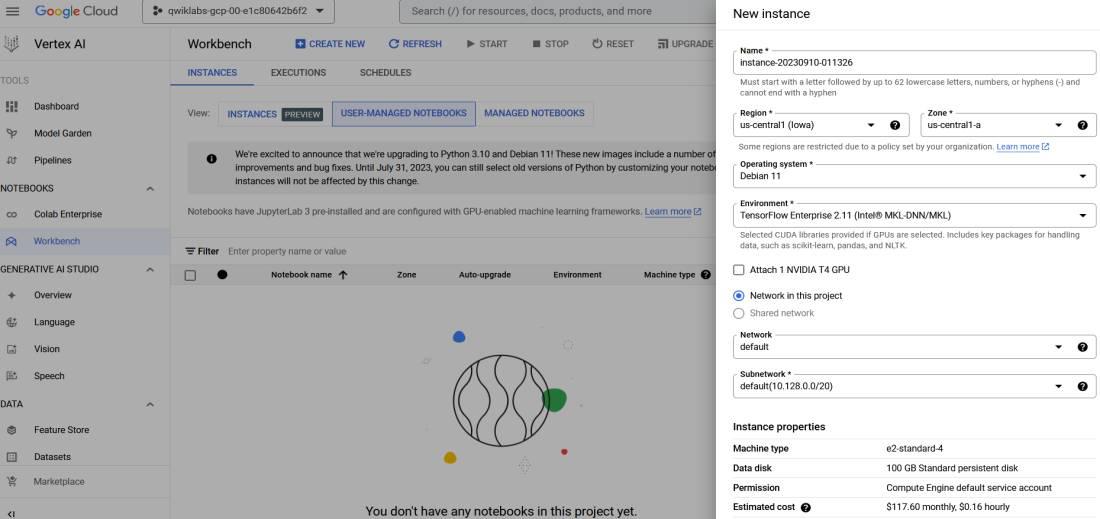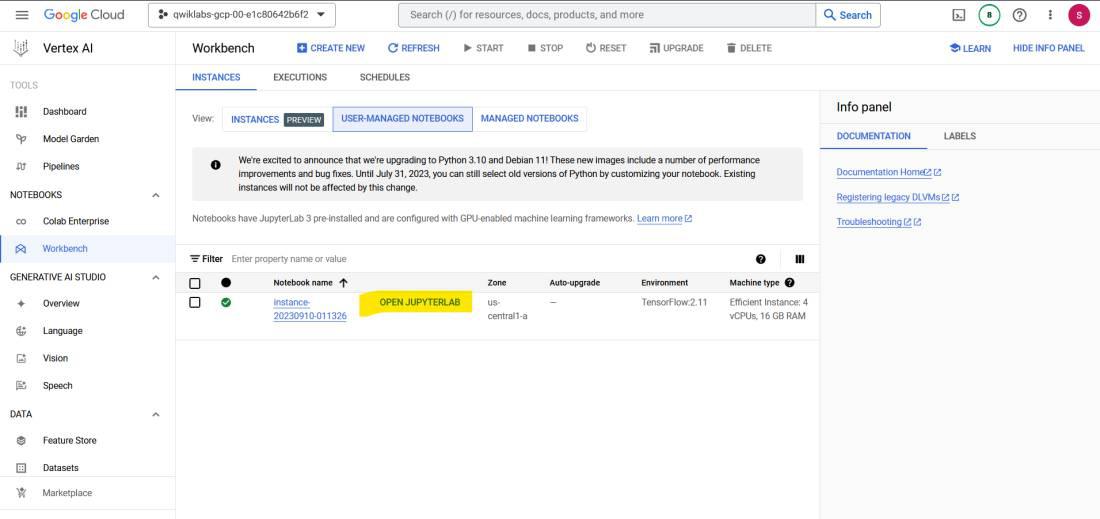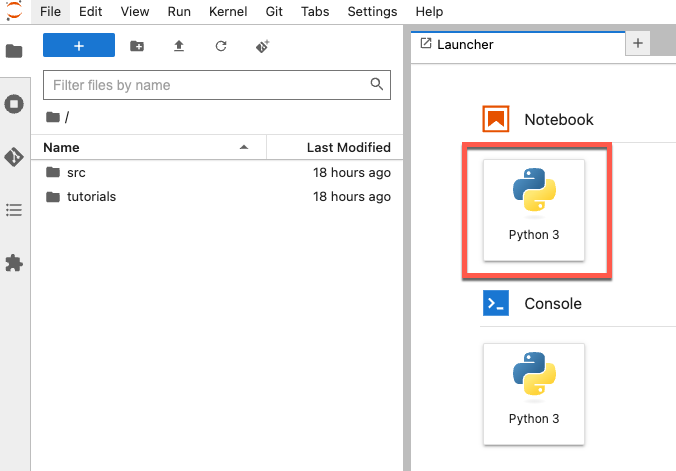
|
|
In this article, you will learn how to create a Vertex AI JupyterLab Notebook, which is a powerful and flexible development environment for machine learning. You will also learn how to use Vertex AI Workbench, which is a service that provides user-managed notebooks with preinstalled data science and machine learning frameworks. What is Vertex AI?A single platform for creating and administering machine learning solutions on Google Cloud is called Vertex AI. Throughout the entire machine learning lifecycle, from data preparation and analysis to model training and deployment to monitoring and optimization, it offers a variety of services and tools to assist you. Vertex AI enables you to deal with many data and model kinds, including tabular, picture, text, video, and custom models. You can expand your workloads using the Google Cloud infrastructure and services, and you can train your models using AutoML or customized code. What is JupyterLab?A web-based interactive tool for dealing with Jupyter notebooks, code, and data is JupyterLab. Jupyter notebooks are electronic documents that include live code, equations, graphics, and textual explanations. For data exploration, analysis, visualization, and prototyping, they are frequently utilized. You can edit and use Jupyter notebooks in JupyterLab in addition to other file types including scripts, markdown files, photos, etc. Accessing terminals, file browsers, command palettes, and other extensions are also possible with JupyterLab. What is Vertex AI JupyterLab Notebook?An AI Vertex A user-managed notebook instance called JupyterLab Notebook links to Vertex AI services while running on Google Cloud. To explore, create, and release machine learning models into production, you may utilize a user-managed notebook instance, a secure, integrated JupyterLab environment. The most modern data science and machine learning frameworks, including TensorFlow, PyTorch, scikit-learn, pandas, etc., are preconfigured in user-managed notebooks. Additionally, you may alter the hardware setup or add new packages to your laptop instance. How to create a Vertex AI JupyterLab Notebook?To create a Vertex AI JupyterLab Notebook using Vertex AI Workbench, you need to follow these steps: Step 1:Navigate to your Google Cloud Console and locate “My sample project”. In case you don’t have any project, navigate to console search bar and enter “Vertex AI”. Select Vertex AI in the search result
Step 2:On the left side panel, locate “Notebooks” and in that, choose “Workbench”.
You might be redirected to enable notebook APIs. Enable them all and wait for some time until it gets completed. Step 3:Click User-managed notebooks and click on Create a new button to create a jupyter notebook instance to train our model in GCP.
Step 4:To create a new notebook instance fill in the details like instance name, region, zone, operating system, etc. or keep it as default and then scroll down to the create button and click on it.
Step 5:Wait some time once the instance is created successfully click the open jupyterlab button.
Step 6: When the page is loaded you can see a jyupiter lab interface same as your local system, To create a new notebook click on the python3 named icon in the notebook section.
Result:
ConclusionIn this article, you learned how to create a Vertex AI JupyterLab notebook that can access the Vertex AI platform’s tools and services. You can use this notebook as a starting point for developing your own ML models and applications using Vertex AI. |
Reffered: https://www.geeksforgeeks.org
| AI ML DS |
| Related |
|---|
| |
| |
| |
| |
| |
Type: | Geek |
Category: | Coding |
Sub Category: | Tutorial |
Uploaded by: | Admin |
Views: | 9 |





